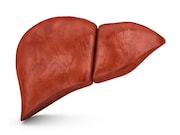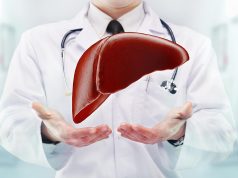Actual probability of death for patients on liver transplant wait list underestimated by up to 17%
FRIDAY, Sept. 21, 2018 (HealthDay News) — The Pediatric End-stage Liver Disease (PELD) score underestimates the actual probability of 90-day pretransplant mortality for children undergoing a primary liver transplant, according to a study published online Sept. 17 in JAMA Pediatrics.
Chung-Chou H. Chang, Ph.D., from the University of Pittsburgh, and colleagues conducted a retrospective analysis of pediatric patients listed for primary liver transplant to examine the accuracy of the PELD score in estimating 90-day pretransplant mortality. Two cohorts were examined: the full cohort of 4,298 patients who had chronic liver disease and the reduced cohort (2,421 patients), which excluded patients receiving living donor transplantation or PELD exception points.
The researchers found that there was concordance between PELD scores and mortality among the full cohort (C statistic, 0.8387) and the reduced cohort (C statistic, 0.8123). But using the PELD score, the estimated 90-day mortality underestimated the actual probability of death by as much as 17 percent.
“With use of the PELD score, the ranking of risk among children was preserved, but direct comparisons between adult and pediatric candidates were not accurate,” the authors write. “Children with chronic liver disease who are in need of transplant may be at a disadvantage compared with adults in a similar situation.”
Copyright © 2018 HealthDay. All rights reserved.








